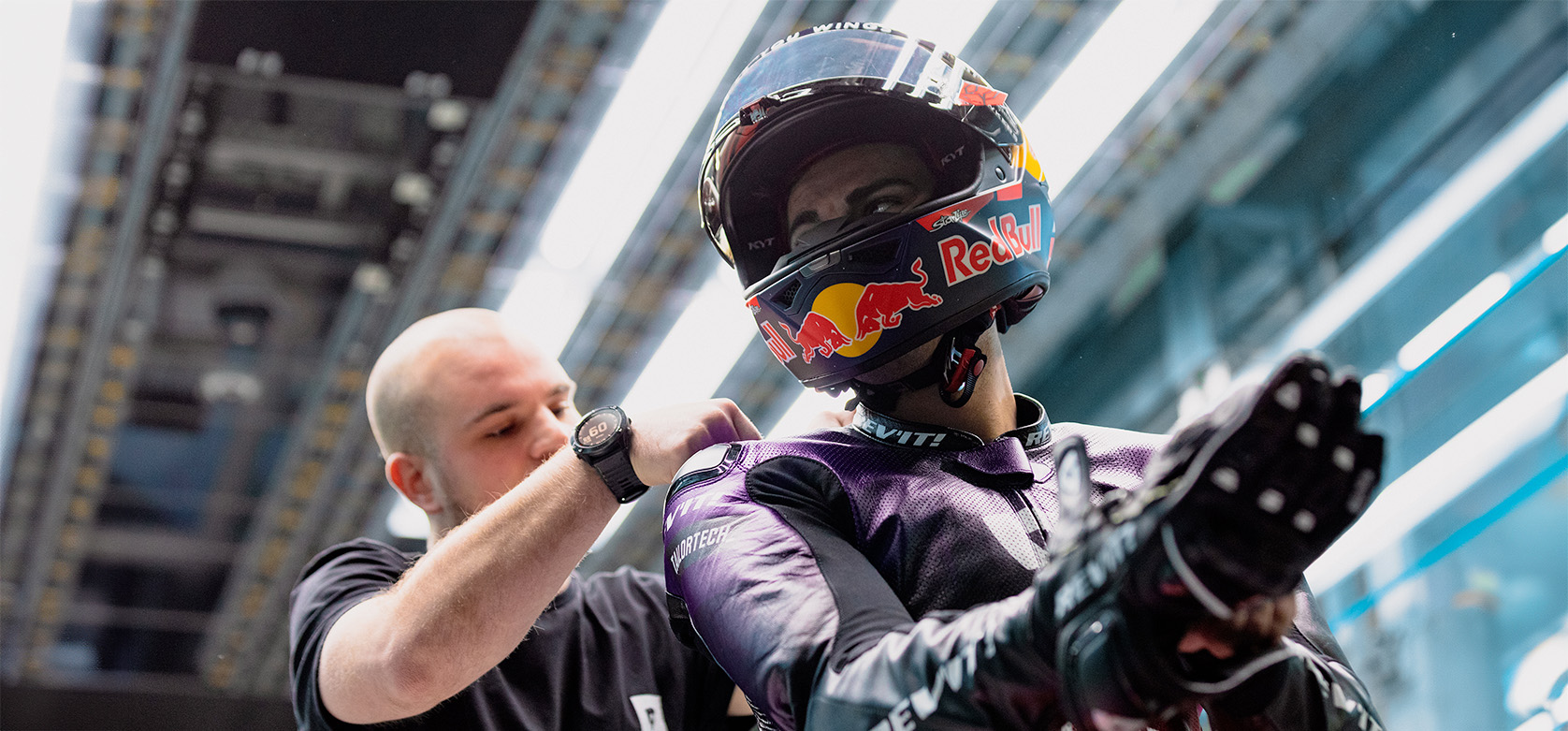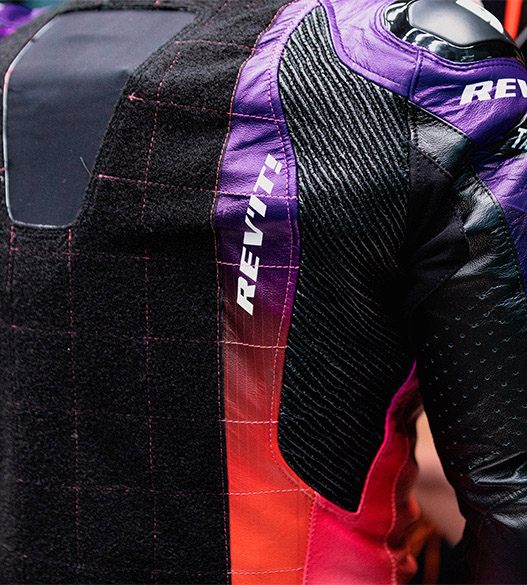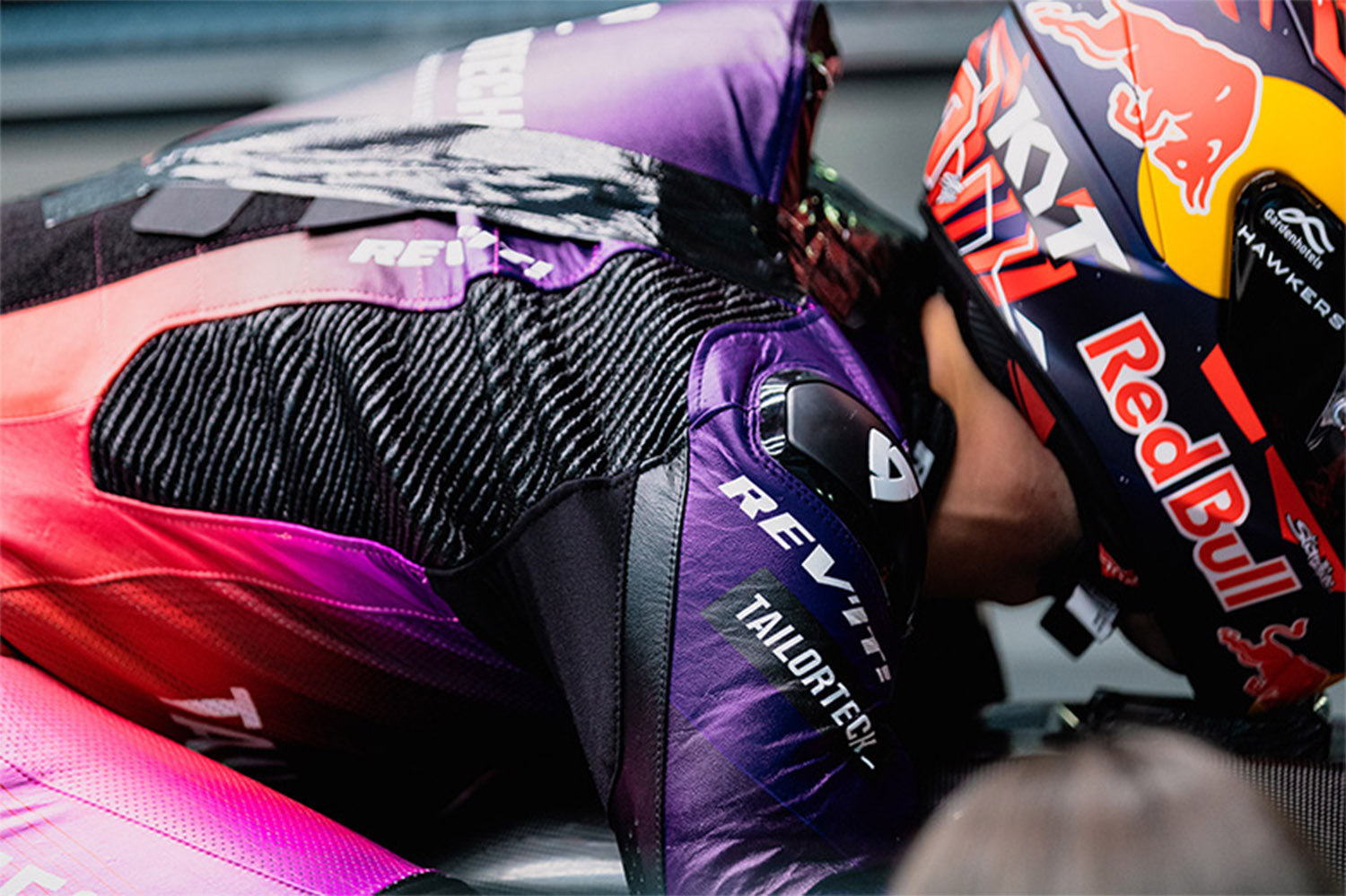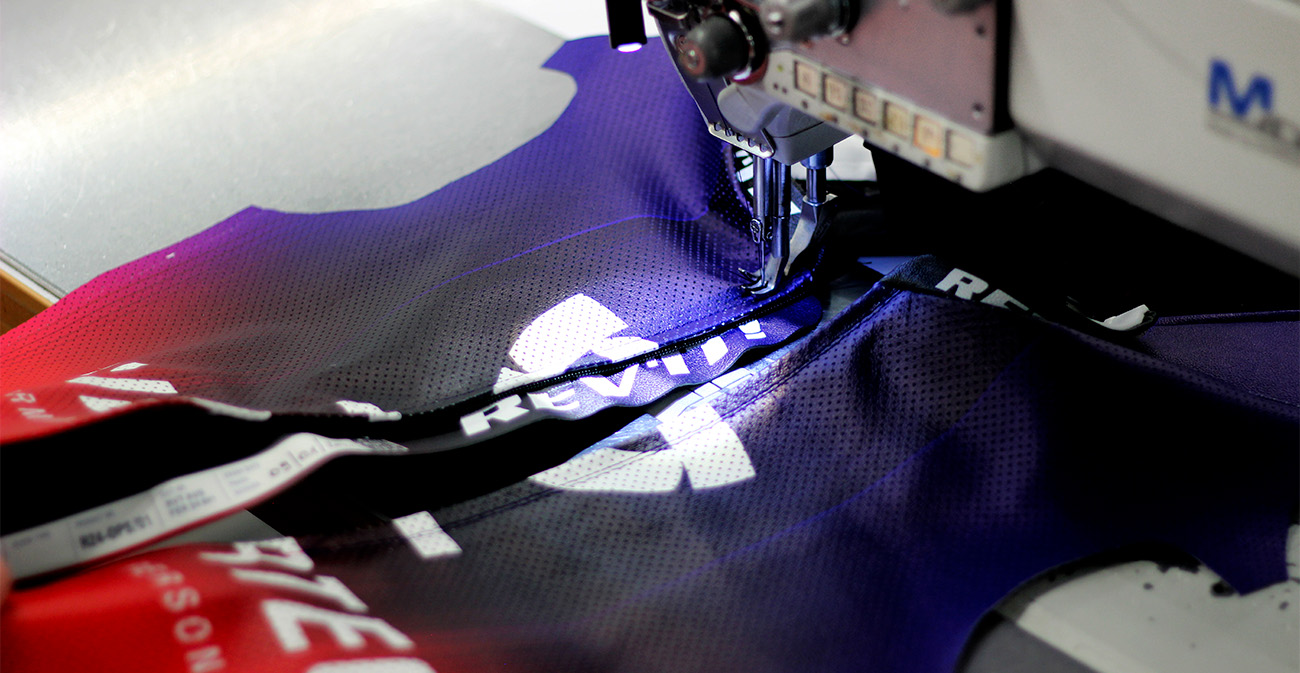The Invisible Edge: Aerodynamics and the Quest for MotoGP Supremacy
A wild element like wind, by nature indomitable and unpredictable, is harnessed and meticulously analyzed during wind tunnel tests organized by MotoGP teams.
But why undertake such an endeavor, and what purpose do these tests serve? More importantly, why do leather manufacturers, such as ourselves at REV’IT!, actively participate in these sessions?
The realm of motorcycle racing has witnessed a significant evolution, with aerodynamics becoming as integral to performance as it has been in car racing. Today’s MotoGP machines are adorned with various aerodynamic enhancements—flaps, wings, air intakes—each designed to slice through the air more efficiently, enabling higher speeds in corners and more effective braking.
These advancements are not just the fruits of countless laps on the race track; they are also born from rigorous scientific analysis in the wind tunnel. Let’s take you behind the scenes to demystify these sessions, with a special focus on the optimization of leather suits.
How Does a Wind Tunnel Test Work?
Imagine a large tube where air is propelled at speeds of 160 to 180 km/h, equipped with sensors that objectively measure the airflow resistance encountered by objects within. The objectives of these tests are multifaceted:
Rider Position Optimization: Even minor adjustments in the rider’s posture—be it the tilt of the helmet or the placement of the feet—can have profound effects on aerodynamics, potentially gaining or losing precious kilometers per hour on straightaways.
Bike Element Testing: From the conspicuous wings and spoilers to the more subtle innovations, including advanced coatings designed to reduce drag, every modification is scrutinized for its impact on performance.
Suit Fitting Analysis: Every fold, wrinkle, and the position of sliders and protectors on the suit is examined for its aerodynamic influence.
Enthusiasts among you might recall the brief appearance of aerodynamically purposed wings and spoilers on leather suits. This innovation was short-lived, as the FIM promptly restricted such modifications, emphasizing that rider gear should prioritize protection over aerodynamic gains. This decision underscores a critical balance between safety and performance—a balance we at REV’IT! are committed to maintaining.
Beyond the Ban: Aerodynamic Optimization within Regulations
While specific aerodynamic features on suits are prohibited, there remains a vast scope for optimizing protective elements to enhance aerodynamics. A meticulous evaluation of the speed hump’s position and dimensions is conducted, alongside the optimization of knee and elbow sliders. REV’IT! leads the industry by offering two distinct elbow slider designs: one prioritizing aerodynamics and the other focusing on functional sliding capabilities.
Moreover, the design and placement of external protectors are fine-tuned in the wind tunnel to not only maximize rider safety but also to subtly improve aerodynamic efficiency. This holistic approach ensures that every aspect of the rider’s gear contributes to both protection and performance.
Looking Forward: The Future of Aerodynamics in Motorcycle Racing
As we continue to push the boundaries of what’s possible within the regulations, our commitment to innovation remains unwavering. The collaboration between leather manufacturers and MotoGP teams in wind tunnel testing is a testament to our shared goal: to enhance the safety, comfort, and performance of riders at all levels.
The journey of aerodynamic optimization in motorcycle racing is far from over. With each test, we gain insights that drive the evolution of our products, ensuring that REV’IT! remains at the forefront of design and technology. Our dedication to excellence not only reflects our passion for the sport but also our commitment to providing riders with gear that meets the highest standards of safety and performance.
Embracing the Wind: The Unseen Ally
In the quest for supremacy on the racetrack, the wind, once considered a mere adversary to speed, has transformed into an invaluable ally. Through the meticulous science of wind tunnel testing, MotoGP teams and leather manufacturers like REV’IT! are rewriting the rules of aerodynamics, turning the unpredictable nature of wind into a predictable factor that can be optimized for performance and safety.
Our journey through the wind tunnel reveals more than just the pursuit of speed; it highlights a relentless commitment to innovation, where every detail is scrutinized, and every possibility is explored. This commitment ensures that our riders, whether they’re battling for podiums in MotoGP or carving corners on their local track, are equipped with gear that sets new standards in aerodynamics, without ever compromising on safety.
As we look to the future, the partnership between technology and tradition in motorcycle racing continues to evolve. At REV’IT!, we’re not just spectators in this evolution; we’re active participants, driven by a passion for the sport and a dedication to the riders who push the limits of what’s possible. Together, we’re not just facing the wind; we’re harnessing its power to fuel our journey forward, one breakthrough at a time.
In the end, it’s not just about being the fastest; it’s about advancing the sport, enhancing rider safety, and embracing every challenge with the spirit of innovation. That’s the REV’IT! way—a journey we’re proud to share with every rider who chooses to wear our gear, as we continue to explore the frontier of motorcycle racing together.









